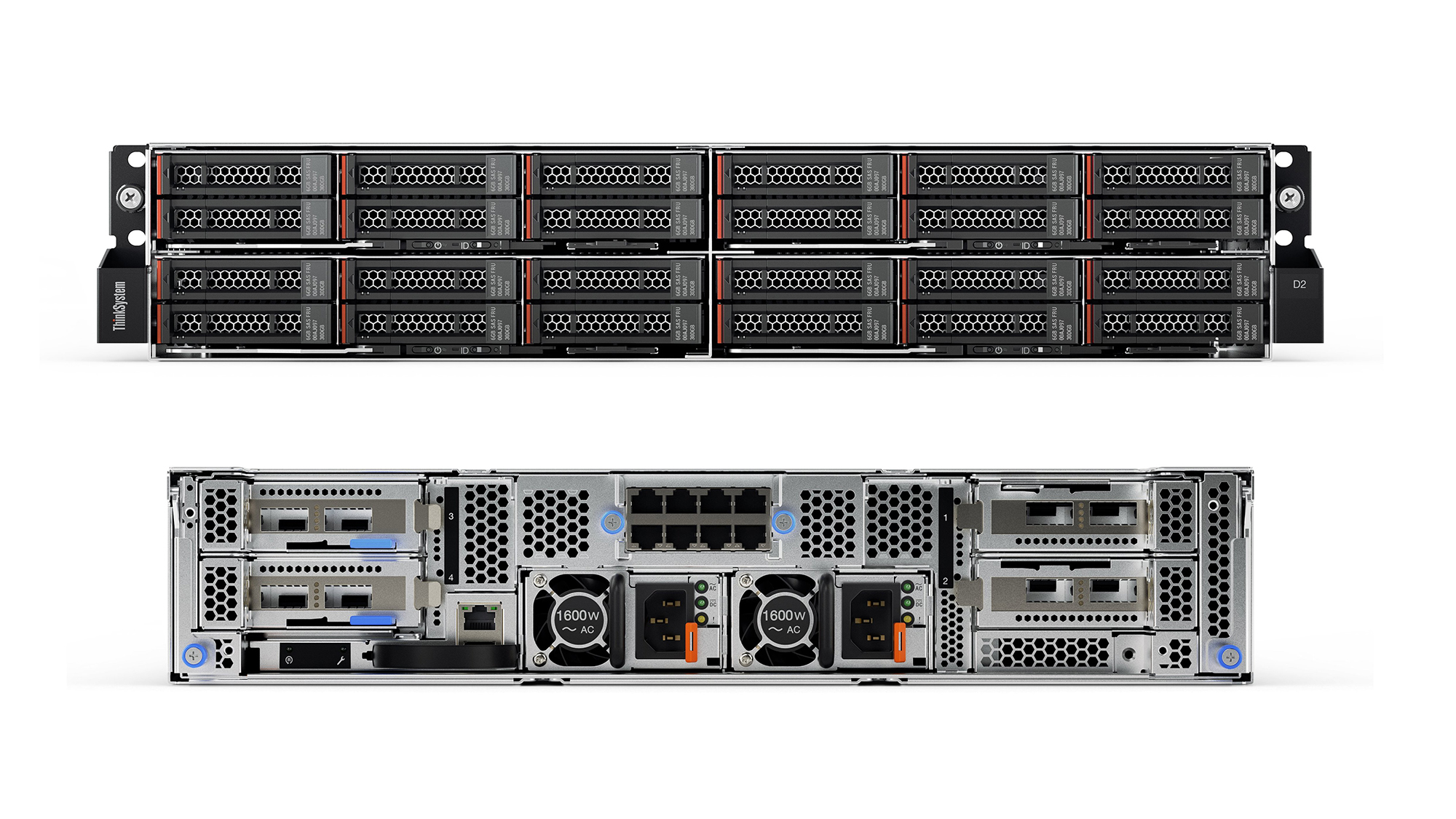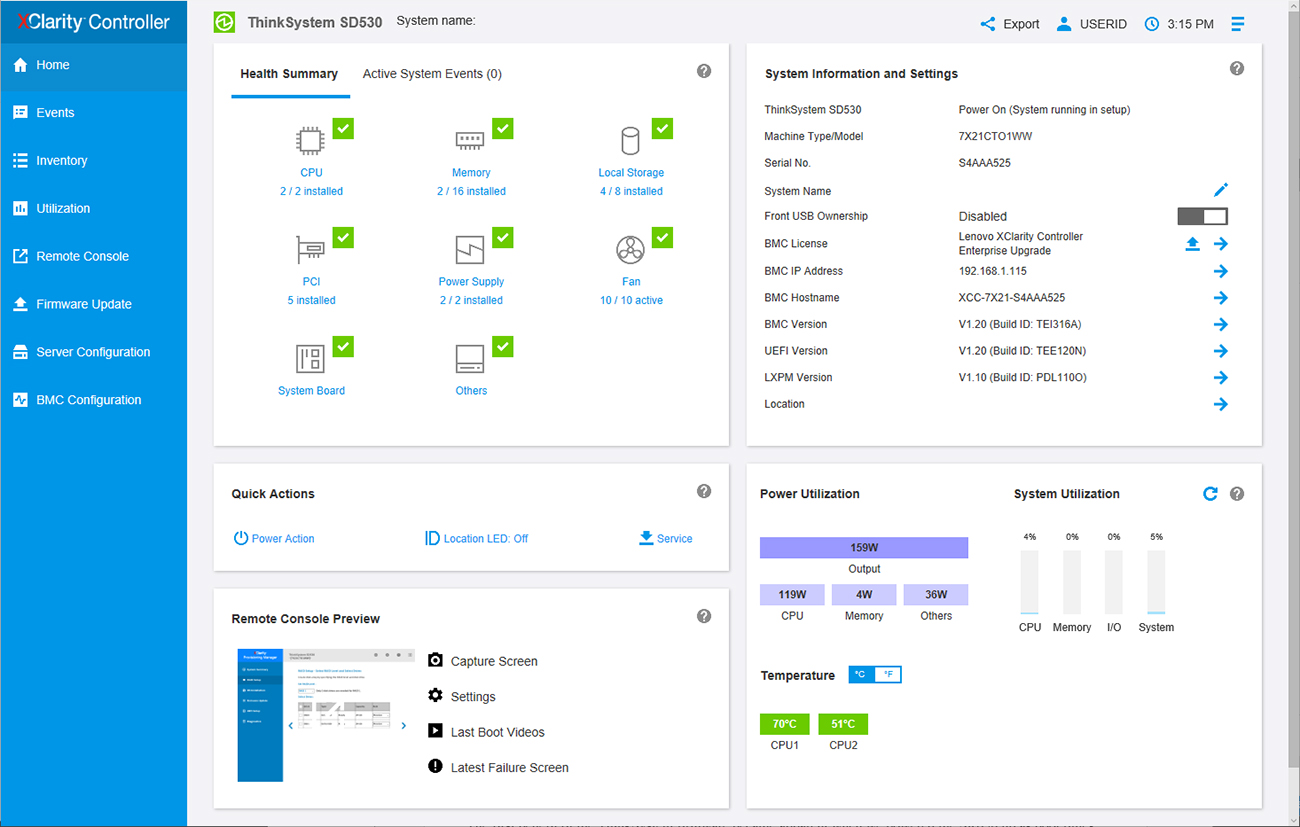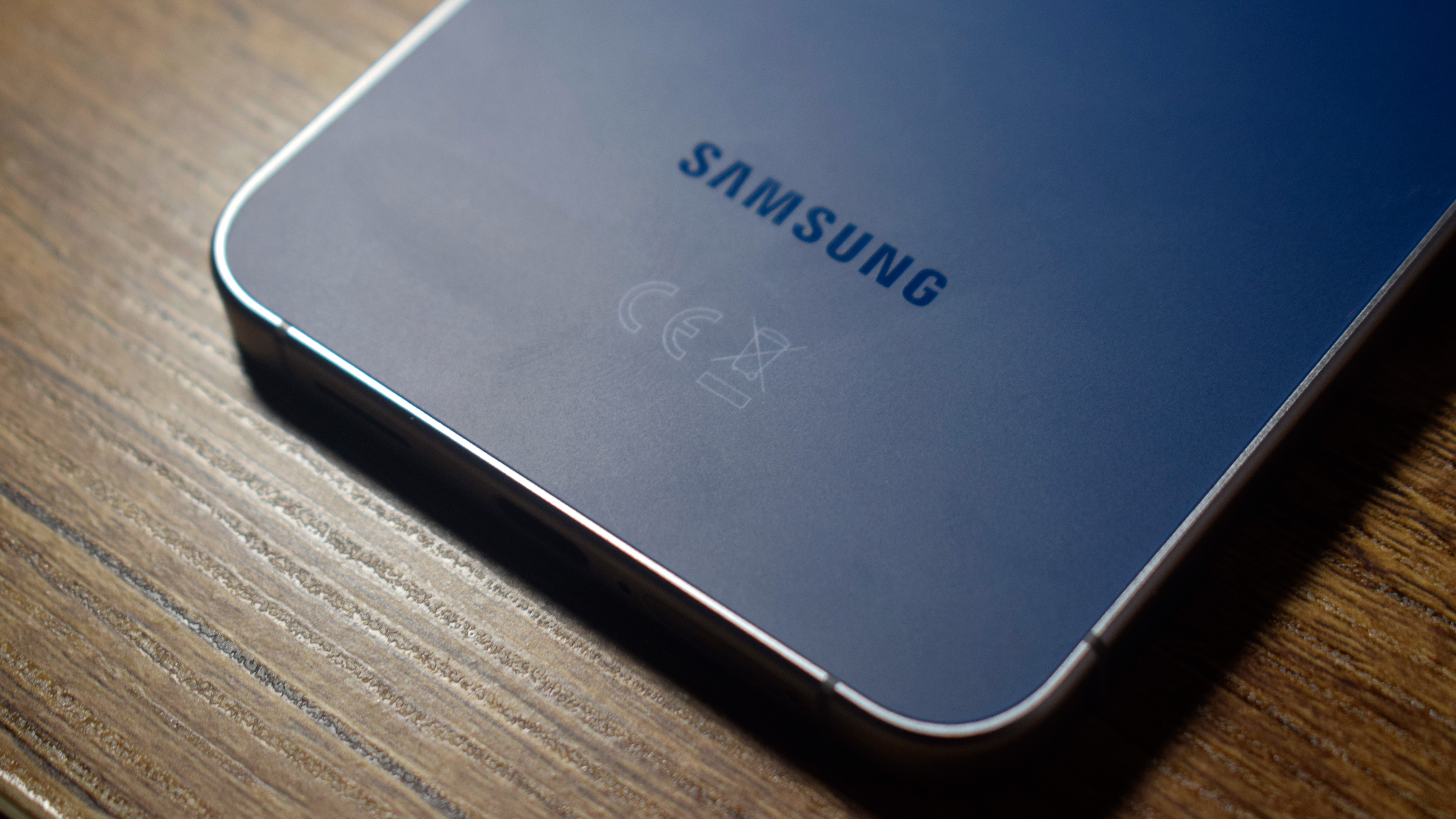Lenovo ThinkSystem SD530 review
Lenovo shows off its first Xeon Scalable modular server

The ThinkSystem SD530 modular server is ideal for data centres that want an affordable rack dense solution with the latest Xeon Scalable CPUs
-
+
High rack density, Good value, Xeon Scalable CPUs, Plenty of storage and expansion options, Node XCC remote management
-
-
Enclosure SMM tricky to configure

Modular servers offer SMBs and enterprises an affordable and flexible means of matching infrastructure with workload. The SD530 is Lenovo's first modular server in the ThinkSystem family and is built from the ground up to support the latest Xeon Scalable CPUs.
This rack dense solution comprises Lenovo's 2U high D2 enclosure with room for up to four SD530 server nodes. Each node is designed to be completely independent and has two CPU sockets, up to 16 DIMM slots, dual embedded 10GbE ports, an integral RAID controller and up to six hot-swap SFF drive bays.
Virtually everything you'd expect to see on Lenovo's standard ThinkSystem servers is present in the SD530 nodes. They can handle SATA and SAS drives plus NMVe SSDs, will accept a dual M.2 SSD enablement kit and sport Lenovo's XCC (XClarity Controller) for slick remote management and monitoring.

Chassis and configuration
The D2 enclosure handles all power and cooling and has a passive mid-plane which the nodes connect to when inserted. Our review system included two big 2,000W Platinum hot-plug PSUs and Lenovo also offers 1,600W and 1,100W options.
Cooling is handled by a central bank comprising three hot-plug dual-rotors, flanked on each side by cold-swap modules each with two large fans. The whole assembly can be accessed easily by removing the hatch at the rear of the lid.
Called an I/O shuttle, this self-contained assembly contains both power supplies, up to eight PCI-Express slots, the chassis SMM (system management module) and an 8-port EIOM (Ethernet I/O module). Each node is assigned PCI-Express slots in fixed locations on the risers and in all cases, the I/O shuttle must be removed to install cards with the two inner slots on the x8 shuttle requiring the central switch module to be removed as well.

Node design
Lenovo offers a wide range of warm-swap node models and the total memory and drives supported will be determined by your choice of CPU. The single node in our review system is equipped with dual 2.6GHz 12-core Xeon Gold 6126 CPUs which require larger heatsinks, thus reducing the number of DIMM slots to twelve and maximum 2,667MHz TRuDDR4 memory to 768GB.
Sign up today and you will receive a free copy of our Future Focus 2025 report - the leading guidance on AI, cybersecurity and other IT challenges as per 700+ senior executives
Ranging from the entry-level Bronze 3104 to the high-end Platinum 8153, twelve CPU models can use smaller heatsinks and these nodes have 16 DIMM slots allowing memory to be pushed to 1TB. Cooling requirements also affect the number of available drive bays so for maximum storage capacity, choose cool-running CPUs that support the enclosure's 2x3 backplane.
The node motherboard has an embedded Intel RSTe controller supporting six cold-swap SATA drives. For 12Gbps SAS drives, you have the 430-8i which has no RAID or the 530-8i which supports mirrors, stripes and RAID5, self-encrypting drives and FastPath acceleration.

SMM configuration
The enclosure supports two types of SMM where one has a single network port for managing all four nodes. The other type has dual network ports allowing multiple enclosures to be daisy-chained and all managed via a single IP address.
The SMM not only provides its own web management interface but also facilitates remote access to each node's XCC interface. By default, it allows access to the node's XCC interfaces but its own web server is disabled and proved to be tricky to get working.
To enable it, you need to use the IPMITool or a similar utility for issuing direct IPMI commands. This is made more complicated as the 'enable' parameter appended to the command is in hex (which is in the manual) and has to be issued to a node's XCC IP address.
Suffice to say it took us a while to get it working but we could then access the SMM web console. This is fairly basic but does provide plenty of information about installed components, power and cooling plus direct access to each node's XCC interface and options for issuing email alerts.

Node management
For local node management, you can specify the optional KVM module which occupies one drive bay. Remote access will probably be enough though, as the node's XCC controller delivers a wealth of remote management and monitoring features.
The XCC home page provides details on all critical components and firmware versions, access to remote control and a heap of graphs revealing utilization and power usage. It provided us with direct access to the M.2 SSDs and the RAID controller for storage configuration, a complete inventory of all hardware and facilities to define server, firmware and access security.
We had no problems managing it with the lab's XClarity Administrator 1.4 Hyper-V VM which auto-discovered the node's XCC. We could monitor power usage for the entire node, CPUs or memory, employ the image library to push an OS to it and use Lenovo's xClarity Mobile iOS app on our iPad to remotely access the Administrator host and monitor the node on the move.

Verdict
The review server with one node may look pricey, but bear in mind the dual Gold 6120 CPUs in our node represent over 60% of the price for the total system. Support for nearly all the Xeon Scalable family means it's easy to tailor the hardware to meet your budget, making the ThinkSystem SD530 an affordable and versatile modular server solution for enterprises looking to increase processing density in their data centre.
Verdict
The ThinkSystem SD530 modular server is ideal for data centres that want an affordable rack dense solution with the latest Xeon Scalable CPUs
(As reviewed)
Chassis: Lenovo D2 2U rack
Expansion: 4 x compute node bays
Power: 2 x 2000W hot-plug PSUs
Network: 8 x 10GBase-T module (2 ports per node)
Cooling: 8 x hot-plug fan modules
Expansion: 8 x PCI-Express 3 slots (2 per node)
Management: Lenovo SMM with Gigabit/USB
One hot-swap SD530 node with the following:
CPU: 2 x 2.6GHz 12-core Xeon Gold 6126
Memory: 64GB TruDDR4 (max 768GB)
Storage: 2 x internal 32GB M.2 SSDs, 2 x 240GB Intel SATA SFF SSDs (max 6)
RAID: Lenovo ThinkSystem RAID 530-8i Dense SAS3
Array support: RAID0, 1, 10, 5, 50
Network: 2 x 10GbE
Management: XCC Enterprise, XClarity Administrator
Warranty: 3yrs on-site NBD
Dave is an IT consultant and freelance journalist specialising in hands-on reviews of computer networking products covering all market sectors from small businesses to enterprises. Founder of Binary Testing Ltd – the UK’s premier independent network testing laboratory - Dave has over 45 years of experience in the IT industry.
Dave has produced many thousands of in-depth business networking product reviews from his lab which have been reproduced globally. Writing for ITPro and its sister title, PC Pro, he covers all areas of business IT infrastructure, including servers, storage, network security, data protection, cloud, infrastructure and services.
-
 UK firms aim for growth through AI investment but lack of talent is a concern
UK firms aim for growth through AI investment but lack of talent is a concernTech training and upskilling will be a major focus in 2026
By Emma Woollacott Published
-
 Samsung unveils plan for AI transformation across all devices
Samsung unveils plan for AI transformation across all devicesBoth the DS and DX divisions of the business are profiting from the AI boom
By Jane McCallion Published
-
 ‘1 engineer, 1 month, 1 million lines of code’: Microsoft wants to replace C and C++ code with Rust by 2030 – but a senior engineer insists the company has no plans on using AI to rewrite Windows source code
‘1 engineer, 1 month, 1 million lines of code’: Microsoft wants to replace C and C++ code with Rust by 2030 – but a senior engineer insists the company has no plans on using AI to rewrite Windows source codeNews Windows won’t be rewritten in Rust using AI, according to a senior Microsoft engineer, but the company still has bold plans for embracing the popular programming language
By Ross Kelly Published
